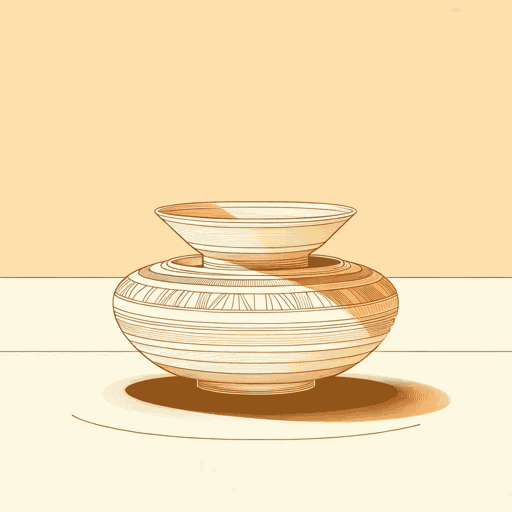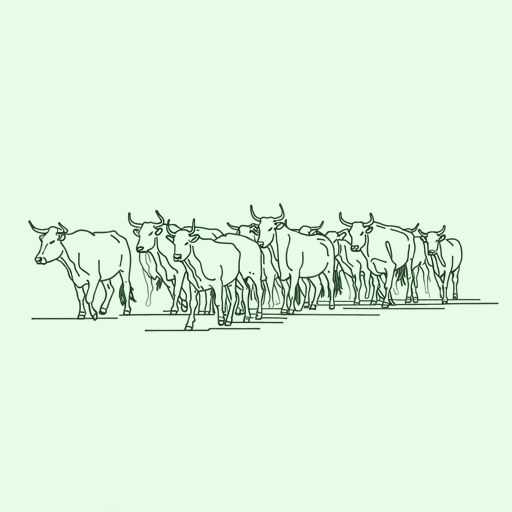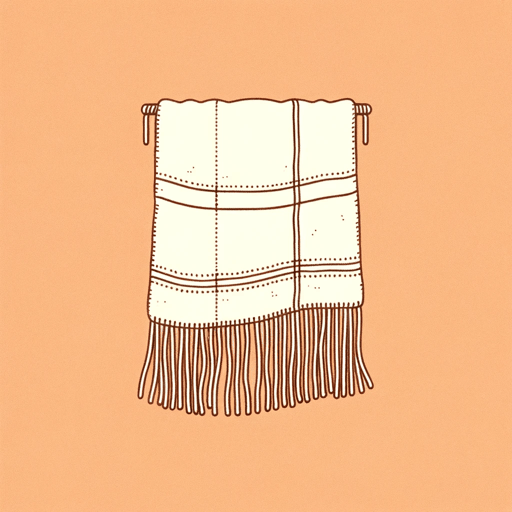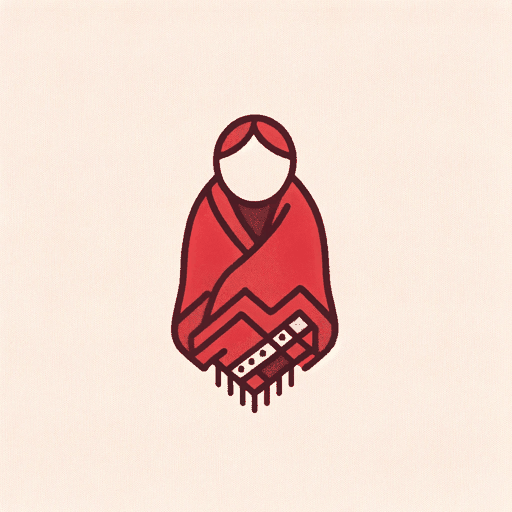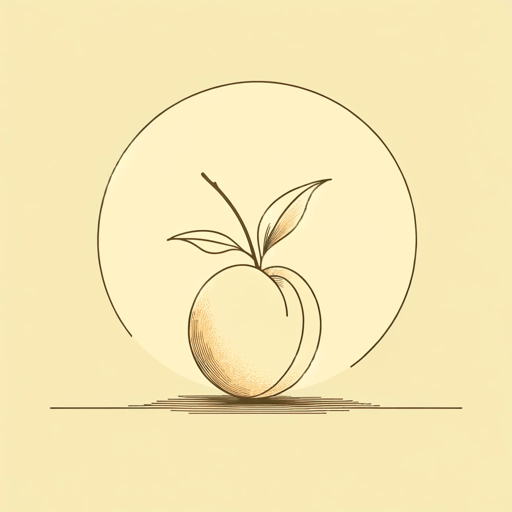60 pages • 2 hours read
Leslie Marmon SilkoYellow Woman and a Beauty of Spirit
Nonfiction | Essay Collection | Adult | Published in 1993A modern alternative to SparkNotes and CliffsNotes, SuperSummary offers high-quality Study Guides with detailed chapter summaries and analysis of major themes, characters, and more.
Chapters 3-6Chapter Summaries & Analyses
Chapter 3 Summary: “Yellow Woman and a Beauty of the Spirit”
Even when Silko was a child, she knew that she and her sisters were neither white nor entirely like the other Laguna Pueblo children. Her great grandmother, who Silko called Grandma A’mooh (meaning granddaughter in Laguna) married a much older white man whose family was “involved in sending Indian children thousands of miles away from their families to the War Department’s big Indian boarding school in Carlisle, Pennsylvania” (60). Silko always felt accepted by A’mooh, even though her appearance caused other people anxiety. Silko noticed that older generations cared more about the way a person interacted with others and the earth, whereas younger people—like those her parent’s age—looked more critically at a person’s possessions and appearance.
The narrator would wake up early to go help A’mooh water the plants in her garden, and A’mooh would tell her stories about her relatives, or stories from the Bible. Silko would leave A’mooh mid-day, while A’mooh took a nap, and then came back to help A’mooh carry kindling. She would also listen to the talk and stories of Aunt Susie and Aunt Alice, who often visited Grandma A’mooh, which reminded Silko that in old times, all adults were teachers to children.
Related Titles
By Leslie Marmon Silko
